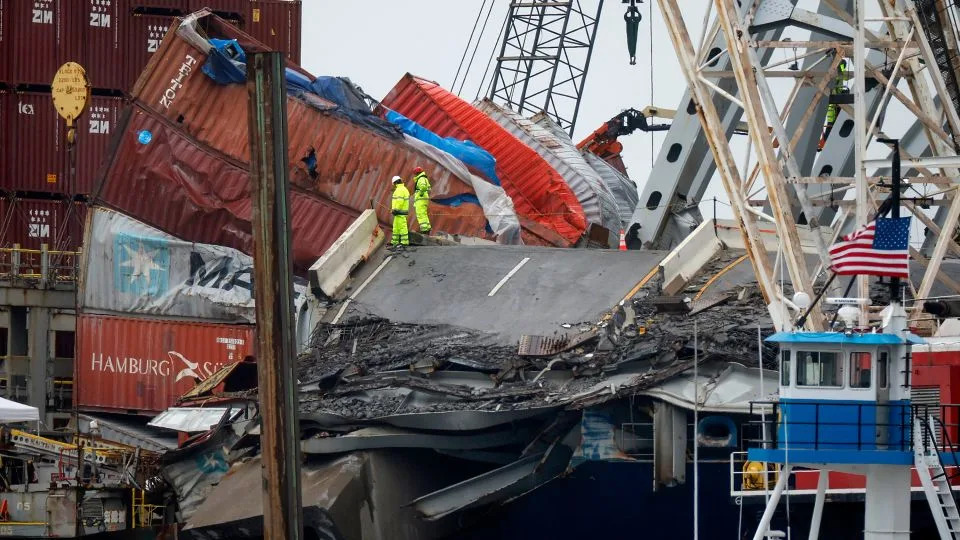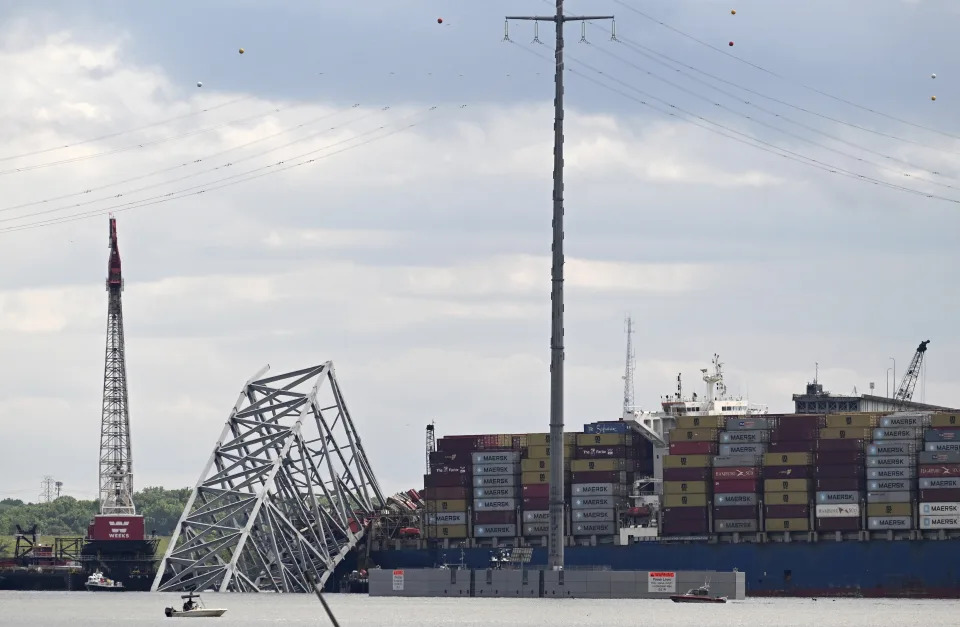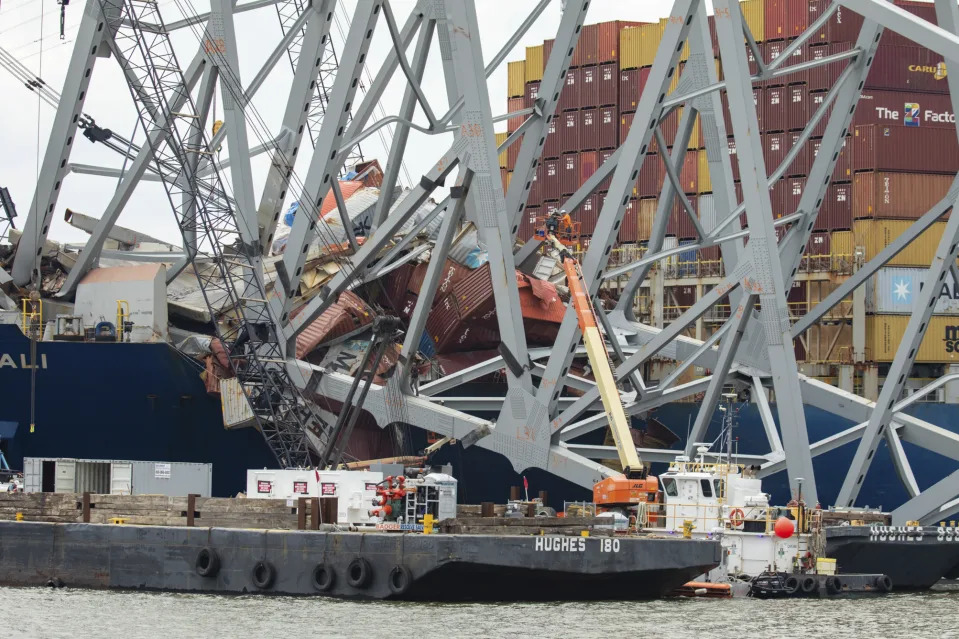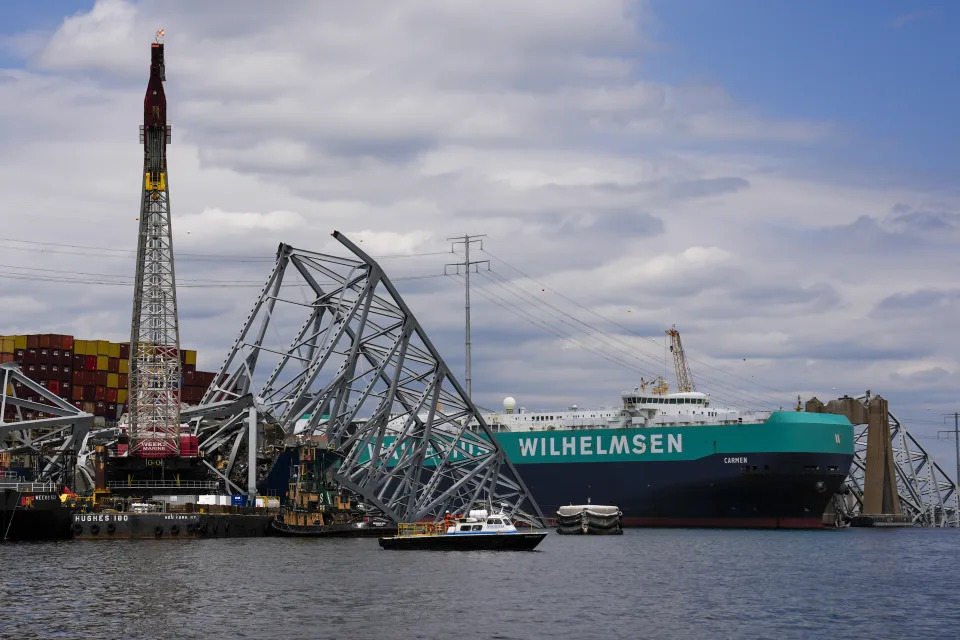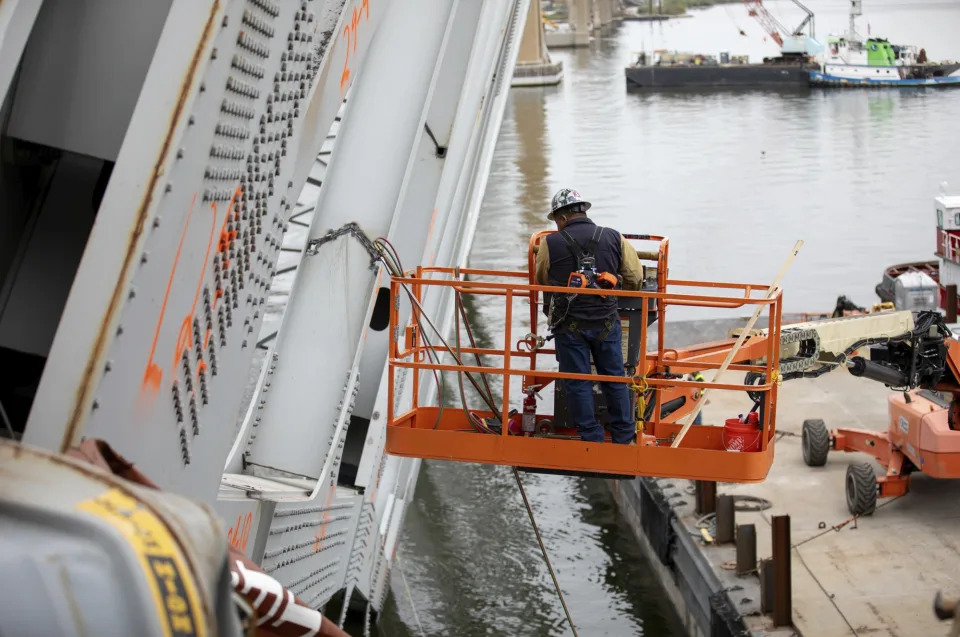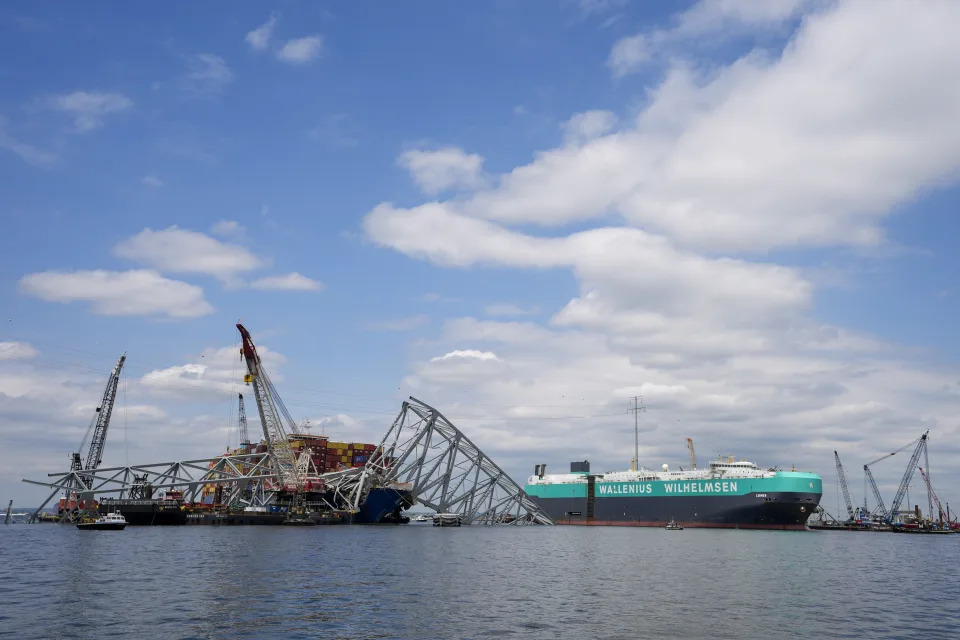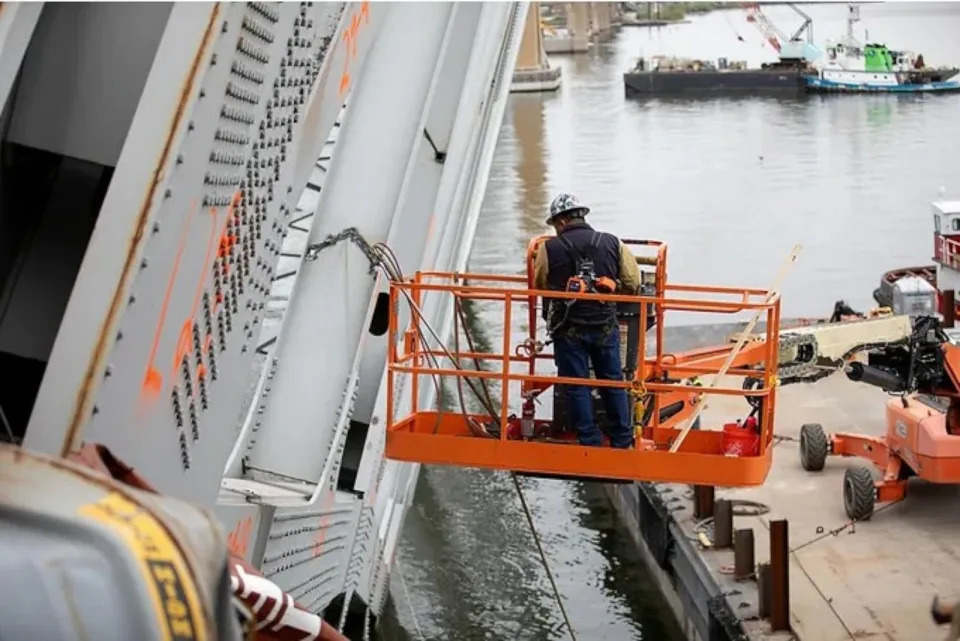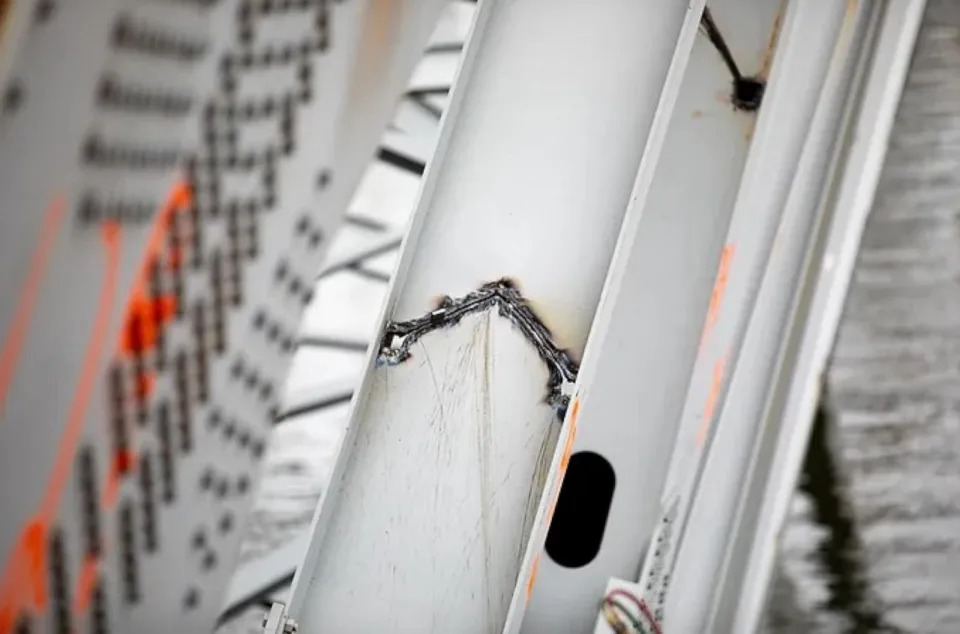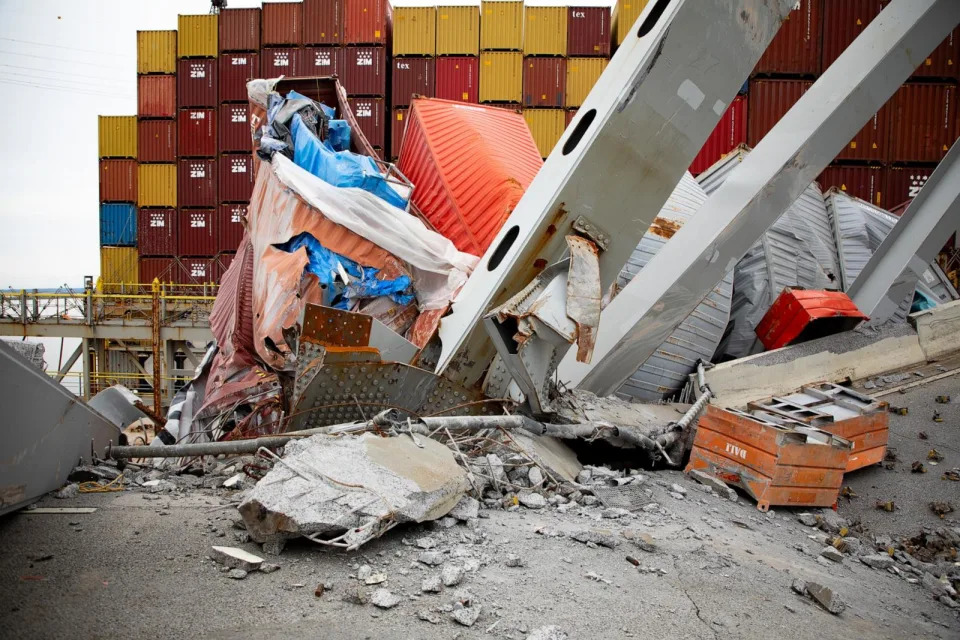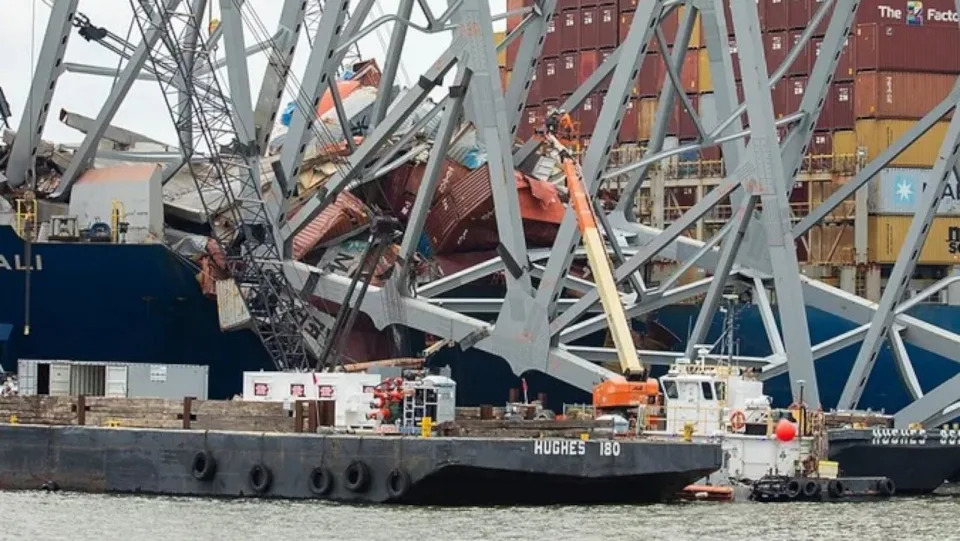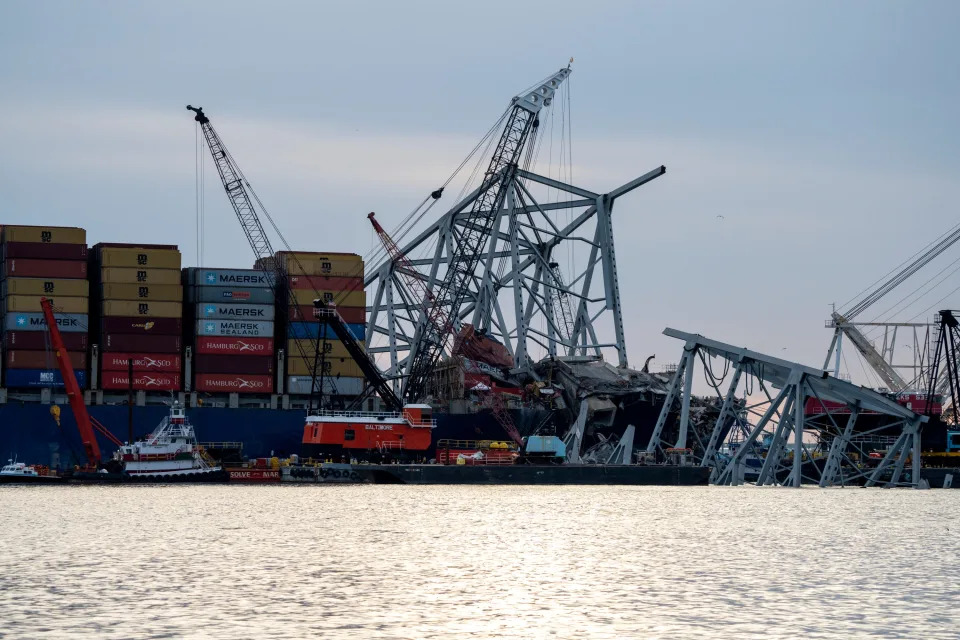
May 12, 2024
LIBYA TRIBUNE
Federica Saini Fasanotti
The divisions in today’s Libya have deep historical roots, which have left the country without functional institutions. A decentralized, federalist approach could help build stability, but the international community will likely insist on repeating past mistakes.
In a nutshellModern civil conflict in Libya has deep historical roots
Decentralizing power could allow Libyans to build stronger institutions
The West seems intent on repeating failed approaches to the conflict
During Italy’s colonization of Libya (1911-1943), fascist colonial police engaged in ruthless counter-guerrilla warfare were struck by how antagonistic the Libyans were against each other. As they reported back to Mussolini: they found Arabs pitted against Berbers, Cyrenaicans against the denizens of Tripoli, and clan against clan in an atavistic struggle for land. In fact, it was the Italians who unified Libya after several military efforts. As I described in 2016:
The Italians occupied the [Sirtic Corridor], an ideal break line, and conquered the oases of al-Jufrah, Zellah, Awjilah, and Gialo, isolated in the Cyrenaic desert more than 150 miles from the Mediterranean Sea. Shortly afterward, three [mobile groups], formed by thousands of Italian soldiers, moved in from Tripolitania and Cyrenaica in a pincer movement. The target: the rebels in the Sirtic Corridor, who also fell. These developments allowed the unification of the two colonies, Tripolitania and Cyrenaica, under the leadership of Marshal Pietro Badoglio. This was a major shift: Until that point, Libya had two political governments, two military commands, and two different administrations.
Libya, as we know it today, did not exist a century ago. At that time, the most fundamental identity was not the concept of “nation” but that of “tribe”: Libyans recognized themselves in their tribes and were loyal to them. The Italians understood this fact and used it in their favor, through the classic conqueror strategy of divide and rule.
But it was not only the Italians who leveraged tribal hatreds. Muammar Qaddafi (1942-2011) himself took ample advantage of these divisions during his 42-year-long dictatorship. Qaddafi laid the foundation for what Libya is today: a divided country without functional institutions or a ruling class worthy of the name. Modern politics in Libya is not the art of governing the state for the good of its citizens, but rather the pursuit of privileges. Those who have managed to seize power in the past 13 years – since the outbreak of the rebellion against the Qaddafi regime in the spring of 2011 – have rarely relinquished it.
Since the fall of Qaddafi, there have not been many cases of Libyan leaders cycling out of power, with rare exceptions like Fayez al-Sarraj, the former prime minister of the National Accord Government, who was appointed in 2016 after the United Nations-brokered Skhirat Accords in Morocco and left office in 2021.
Much more common are officials like Aguila Saleh Issa, who has been the Speaker of the House of Representatives in Tobruk since the beginning of the second civil war, immediately after the 2014 Libyan parliamentary elections (the country’s most recent ballot). The dysfunction of a decade-long rule without electoral accountability would be unthinkable in most democratic regimes. However, such elites do not seem to be interested in even trying to build consensus in a badly divided polity.
A neo-medieval system
This state of affairs is the result of an anti-modern way of governing that goes far back, even before the emergence of state sovereignty as a concept. In 1977, Australian professor Hedley Bull wrote in his canonical The Anarchical Society about a hypothetical weakening of the sovereign state that would eventually overcome the existing system. He presented many scenarios, but one still seems particularly appropriate in the case of Libya: “neo-medievalism,” a modern variant of the medieval political organization.
In a neo-medieval system, the notion of sovereignty – the supreme power over a given territory and its inhabitants – evaporates, giving way to an agglomeration of overlapping powers in which none can achieve exclusive obedience from its citizens. In this proto-state, there are no functioning institutions. War is no longer understood as occurring between states. It takes place between groups within former state boundaries so that violence becomes a daily constant.
In the mutation of today’s Libya, different centers of power have emerged: Tripoli, Benghazi, Tobruk, Misrata, Sirte, Sabha, Murzuq, Zintan and beyond. The management of power has further fragmented in the hands of different armed groups who can exert violence, substituting a monopoly of force with an oligopoly of force.
In the face of this now institutionalized “genetic mutation,” it is clear that democratization by imitating other successful examples cannot work. Democracy is not an exportable facility. Libya is still at a proto-state level, with the requisite institutions either nonexistent (like a unitary government), fragile (like the High Council of State), or hegemonic, in the sense that they are left unchecked by counter-balancing institutions (like the central bank). It matters little on this score that Libya enjoys oil riches – that is nothing but a driver for further conflict. The events of the past 13 years have only reinforced this thesis.
Repeating the same mistakes
Immediately after Qaddafi’s overthrow, the UN established a dedicated support mission in Libya, UNSMIL. Despite a rotating cast of special envoys, this mission is nowhere near succeeding in its primary goal: to set the country up for elections and then for healthy governance. This has been the mantra for all these years, touted at numerous international conferences on Libya. But, as a keen observer of the country, Libyan-American scholar Hafed al-Ghwell, has recently noted:
Doomed to fail before it even began, we are seeing a recurrent pattern of failure that betrays a stubborn reality: conventional diplomacy is ill-suited for the complexities of Libyan politics. Influential actors still refuse to confront the uncomfortable truth that repeated interventions have yet to materially shift Libya’s political elites and institutional stakeholders toward the reconciliation that the country so desperately needs.
Indeed, everyone involved in the Libyan affair has tried to put their own signature on the project, which has only served to diminish the authority of the UN mission. For example, in July 2017, a meeting was held in Paris between the then leaders of Tripolitania and Cyrenaica, Prime Minister of the Government of National Accord Fayez al-Sarraj and Field Marshal Khalifa Haftar. The two signed onto 10 principles, including a ceasefire, the establishment of a regular army and the preparations for an election that Mr. al-Sarraj had sought to hold in March 2018.
While French President Emmanuel Macron claimed this as a diplomatic achievement, it was no such thing. Internal tensions continued to escalate, especially in the Libyan capital. When the French leader decided to hold a second conference in May 2018, all hell broke loose in Tripoli that summer due to the dissatisfaction of militia cartels that had not been called to the negotiating table.
A missing constitutional foundation
Over the years, I have written extensively about why elections are not the solution in Libya unless the proper constitutional ground is prepared for them to work, and unless there is an outside force to prevent elections from becoming an occasion for civil war, like the one that erupted in Libya in the summer of 2014 (and continued until 2020).
As the analyst Ferhat Polat has recently written:
[F]or Libya to conduct successful and legitimate elections, the rival factions must agree on a constitutional framework well in advance. Creating a new constitution should outline the governance structure, define the roles and powers of the central authority, and establish clear rules for presidential, parliamentary, and electoral processes.
At the moment, not only has this not been done, but it is likely that highly polarizing figures will run for president in any elections that are held (as has happened before). There is no clear political agenda, as there was none in 2021, weeks before the election deadline.
In February 2017, I argued:
Libya is still too immature, politically, to overcome the atavistic divisions among the people and tribes of what once were known as the historical regions of Cyrenaica, Tripolitania and Fezzan. These divisions have impeded real leadership – in its absence, the international community must come in to help Libyans build from the bottom, in small steps. Rather than funnel money to militias, international actors should help fund roads, power plants, refineries, hospitals, and, above all, schools. Qaddafi purposely under-invested in developing Libyans’ minds and professional skills – instead of sending military advisers, international actors should support Libyans’ efforts to build a civil service. The Turks, Italians and Qaddafi always used violence and an iron fist. That never truly succeeded, and to overcome this impasse now, a change of course is needed.
I have not changed my mind since then.
Scenarios
Most likely: The UN persists in the elections dream
The most plausible outcome is that the UN will stubbornly continue to force the issue of elections using current systems and approaches – ones that have so far not been successful. While elections could eventually be held, even successfully, they will not guarantee peace or stability. Without robust institutions, Libya will continue to flounder in conflict.
This will have dire consequences, with elites squandering more international aid and the future of the Libyan people. Though rich in oil, Libya will not be stable enough for the industry to benefit its people any time in the foreseeable future. Countries in the region will worry about the instability spilling over into their own territories and could decide to get involved, potentially intensifying and extending the state of conflict.
Less likely: A new federalist approach
Though it would be operationally complex, it is not too late to institute a system of decentralization that would keep rival groups in Libya from preying on each other and jockeying for loyalty. That could look like allowing each faction to create and develop its own institutions. Once that process is underway, mechanisms could be put into place to help achieve stability, whether in the form of regional (German-style) or municipal (Swiss-style) federalism.
This approach is anathema to Western powers, some of whom prefer to support separatist elements of their choosing, while others worry that it could spread destabilizing separatist activity in other African countries. If allowed to develop smaller institutions from the ground up, Libyans would be more likely to invest in these governance systems, creating a more solid foundation. This could then support investment and build the potential for greater regional stability. Such scenarios remain unlikely, however, since they require a paradigm shift that is one step too far for many Western leaders and those at the top of international institutions.
